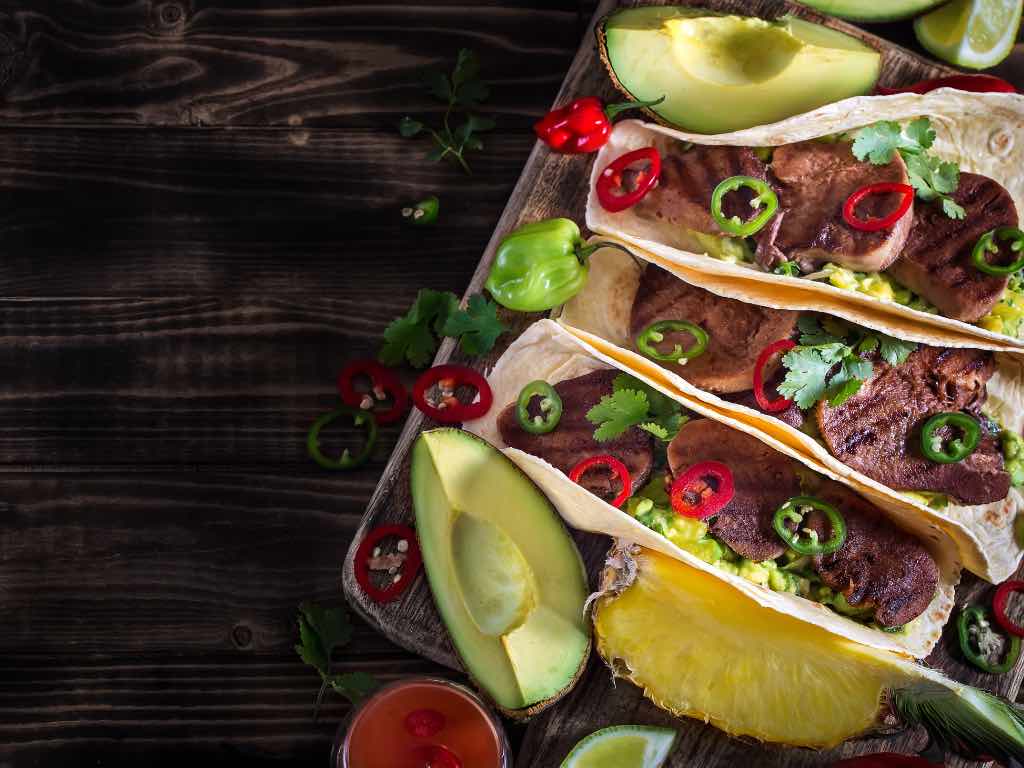
Tongue Tacos: A Culinary Journey into a Mexican Classic
|
|
Time to read 4 min
Welcome to One Stop Halal!
Written by: Samir P.
|
|
Time to read 4 min
Tongue tacos, or "tacos de lengua," are a beloved dish in Mexican cuisine that showcases the culinary tradition's depth and diversity. Despite the initial hesitation some might feel at the thought of eating tongue, this dish is celebrated for its unique texture, rich flavor, and cultural significance. In this blog, we'll explore tongue tacos' history, preparation, and cultural context, along with a step-by-step guide to making them at home.
Moreover, tongue tacos testify to the Mexican culinary ethos of nose-to-tail eating. This philosophy emphasizes using every part of the animal, minimizing waste, and celebrating each part's diverse flavors and textures. In a broader sense, tongue tacos challenge diners to step out of their comfort zones and explore Mexican cuisine's rich tapestry of flavors.
Making tongue tacos involves a few key steps: selecting the tongue, preparing it, cooking it, and assembling it. Here's a detailed guide to making delicious tongue tacos at home.
When choosing a beef tongue, look for a fresh, plump tongue with a uniform color. It should have a slight sheen and no off-putting odor. Beef tongue can typically be found at butcher shops, Latin American markets, or specialty grocery stores.
The key to delicious tongue tacos is slow, gentle cooking, which makes the meat tender and flavorful.
While the classic preparation of tongue tacos is delicious, there are many ways to customize and enhance the dish. Here are a few ideas:
Welcome to the Home of the Halal Beef. We carry various beef cuts that are hard to find elsewhere. We deliver to your doorstep anywhere in the United States within 1-2 business days.
Tongue tacos are a flavorful and culturally significant dish in Mexican cuisine. They offer a unique taste experience highlighting the richness of organ meats and the creativity of Mexican culinary traditions. While eating tongue might seem daunting to some, the dish's tender texture and deep flavor make it a favorite among those who try it.
Making Mexican cow tongue tacos at home is a rewarding experience that connects you to a long-standing tradition of Mexican cooking. It's an opportunity to explore new flavors, embrace nose-to-tail eating, and appreciate the culinary ingenuity that transforms humble ingredients into a delicious meal.
Whether you're a seasoned fan of tongue tacos or trying them for the first time, this dish is a testament to the depth and diversity of Mexican cuisine. So, next time you're in the mood for something different, try tongue taco—they might just become your new favorite taco!

© 2025 One Stop Halal, Inc.